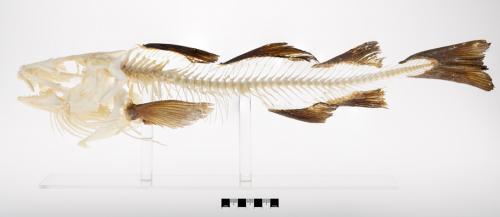Our Changing Workplace
If someone from 150 years ago were to visit a Nova Scotian workplace today, they might be struck by a few things. First, they might notice a lot more women working. They would see multiple generations sharing the same workspace, and they would marvel at the number of people staring at video screens!
If they hung around long enough, they would become aware of other seismic changes – people more committed to striking a balance between life and work, and less tolerant of income and gender inequality. They would hear people speaking out for safer workplaces and against sexual harassment and assault. How will our workplaces change in the next few generations?

All the Work We Do
Our museum sites reflect a wide variety of industries and the diversity of workplaces in Nova Scotia. In the past, our museum makers often focused their work on the experiences of people in positions of privilege and authority. This has been shifting, most notably with the opening of the Museum of Industry in 1995, as we expand our collection to better tell the stories of everyday workers – coal miners, factory workers, office employees, and many others.
Museums themselves are important economic and tourism drivers, especially in rural communities. Present-day enterprises can learn and be inspired by the heritage skills taught at our sites. Museums are also workplaces, so we are experiencing many of the same changes that are taking place in industries throughout Nova Scotia.
You can learn more about working life in Nova Scotia at many of our museum sites.
- The Sutherland Steam Mill in Denmark, near Tatamagouche, highlights the crucial importance of small mill operations to many rural communities
- You can see heritage skills in action at the Dory Shop Museum in Shelburne
- The story of Nova Scotia’s industrial past is broadly told at the Museum of Industry in Stellarton
- In Bridgewater, the Wile Carding Mill was one of the early industrial workplaces staffed primarily by women
